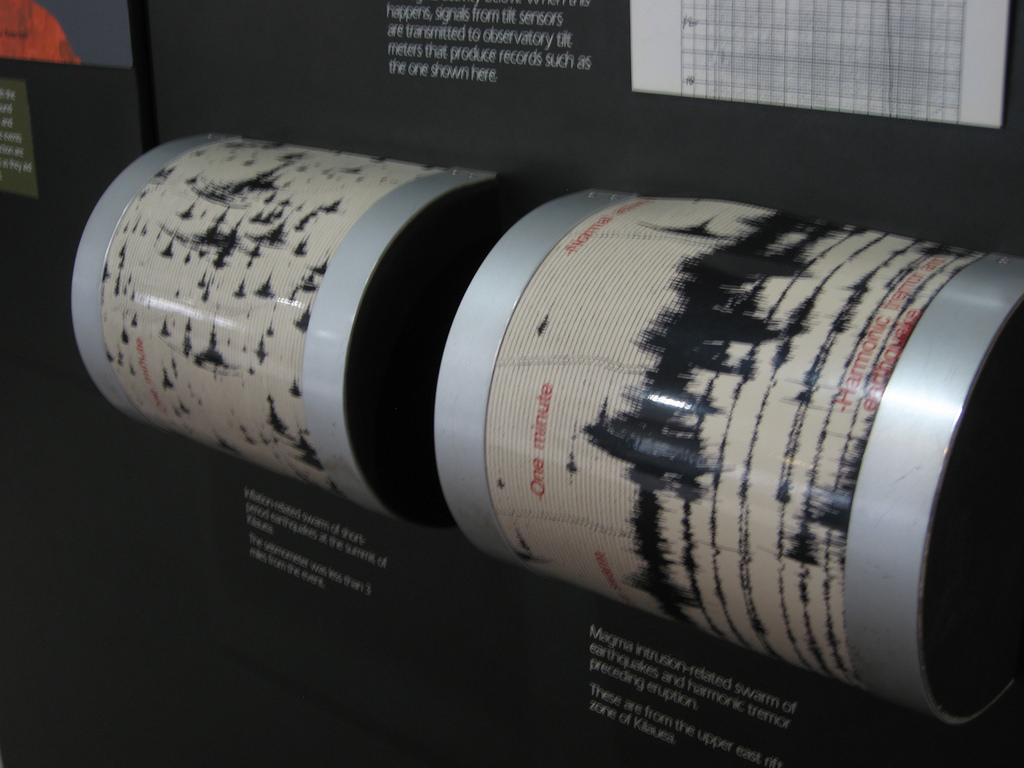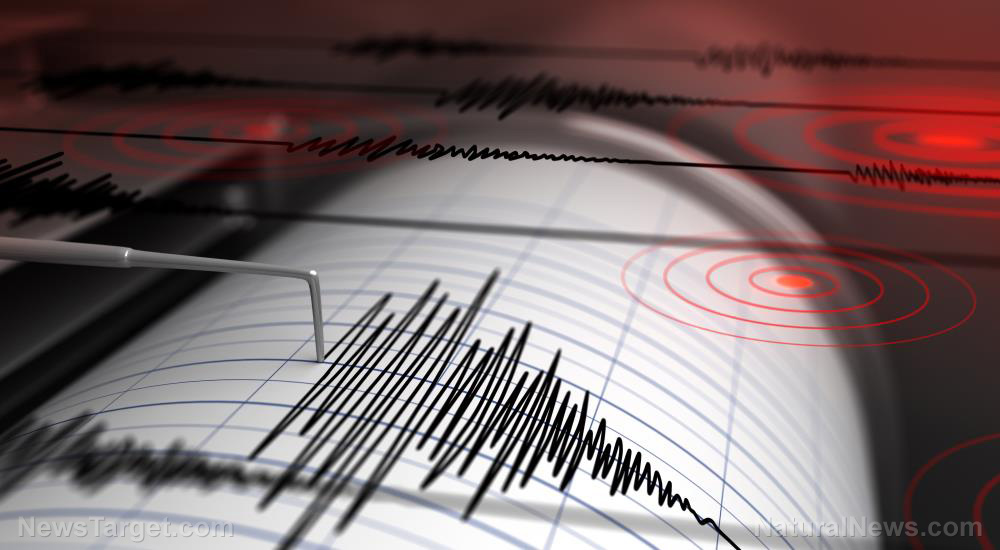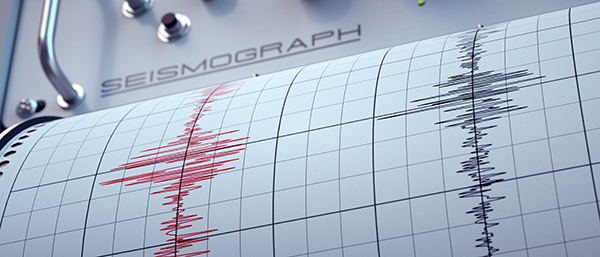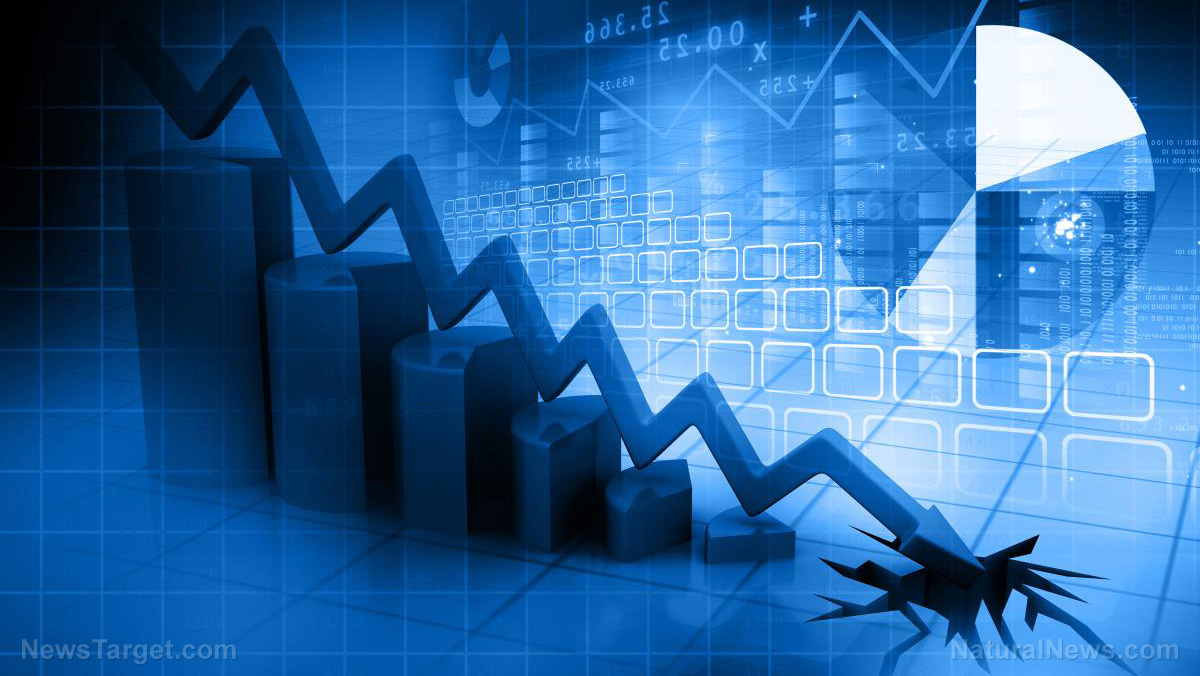
The effects of the 2016 New Zealand earthquake
The 7.8 earthquake that hit New Zealand last year has greatly affected the country's landscape. According to reports, Submerged rocky plateaus that were once beneath the coast bolted up from the sea floor and became a new set of reefs. This then released thousands of tons of seawater within minutes, washing away houses from their foundations.
Reports also revealed that the earthquake prompted railway lines to be dismounted from their tracks and then rerouted. Thousand of landslides were recorded. A high volume of sand, gravel and mud got deposited in the deeper parts of the Pacific Ocean, which in turn resulted in a three-meter-high tsunami that overwhelmed local coastlines.
Study identifies mechanism behind massive rupture
Researchers at the GNS Science in Wellington, New Zealand analyzed the effects of last year's earthquake using evidence from satellites, ground sensors, and field maps. Data showed that the earthquake ruptured as many as 12 major fault lines, with the effect similar to dominoes crashing one after the other. According to researchers, each fault line up heaved blocks of the crust by more than 20 meters, which stands as high as a four-story building. The rupture advanced to the country's north-eastern region, and left a series of devastation in its wake. Researchers said the event trumped many earthquake records, stating that the series of ruptures across so many faults have never been observed before.
According to study data, the earthquake ripped through the country's South Island, while the main rupture point lies near the coastal town of Kaikoura. Researchers said the location of Kaikoura may have played a role in its destruction. According to the researchers, the country's northern region lies on a tectonic plate that dives under another plate, while the southern region lies on two tectonic plates sliding against each other that make up the Southern Alps. This leaves Kaikoura's crust fractured and highly-susceptible to ruptures, pretty much like all the other earthquake prone areas around the world. The findings demonstrate that ruptures caused by earthquakes can do extensive damage and may encompass large gaps between segments.
Researchers use segmentation models to assess the effects of seismic activities such as earthquakes. Segments, as defined by researchers, are areas containing discrete, unstable faults measuring hundreds of kilometers long. These segments rupture on their own at the event of a massive earthquake, similar to that of the 2016 incident.
"This complex earthquake defies many conventional assumptions about the degree to which earthquake ruptures are controlled by individual faults, and provides additional motivation to re-think these issues in seismic hazard models. Even in the New Zealand modeling context, the Kaikoura event would not have been included because so many faults linked up unexpectedly. The message from Kaikoura is that earthquake science should be more open to a wider range of possibilities when rupture propagation models are being developed," said Ian Hamling, a geodesy specialist at GNS Science
The findings call for a reassessment of widely accepted calculations on earthquake hazard, Hamling added. The results of the immense earthquake in November 2016 will also have implications in early-warning system for earthquakes. The systems will quickly evaluate the first few seconds of an incoming seismic activity in order to predetermine the the degree of shaking when potentially hazardous waves take place.
Follow more news on scientific discoveries at Scientific.news.
Sources:
Please contact us for more information.























